Volvo has detailed the infotainment system in its upcoming electric XC40 ahead of the car's unveiling next week.
The firm claims the system, designed in partnership with Google and powered by Android, offers "unprecedented personalisation" and "improved levels of intuitiveness", courtesy of inbuilt Google features. The internet giant's Maps, Assistant and Play Store functions are included. The electric small SUV is also the first Volvo model to be capable of wireless software updates.
The system is compatible with voice control, while Google's mapping software will offer live traffic updates and alternative route and charging station suggestions. The software will also improve the capabilities of the car's advanced driver assistance systems (ADAS) by providing live speed limit and hazard warnings.
Volvo's chief technology officer, Henrik Green, said: "We're finally giving you the same experience in your car that you’re used to on your phone, but adapted for safe interaction while driving.
"And by introducing over-the-air updates for everything from maintenance to completely new features, the car can stay as fresh as your other digital products, always with the latest and greatest features."
Volvo recently released the first teaser sketches of the electric Volvo XC40, which is the first step in a plan for more than 50% of the firm's sales volume to be fully electric by 2025. It's focused on producing electric versions of its existing models, rather than developing bespoke EVs like rivals such as Volkswagen.
Despite that, Volvo has said the electric XC40 will feature a number of design changes to differentiate itself from combustion-engined versions, partly due to the electric powertrain not requiring a large grille to cool the engine.
A sketch of the front of the car shows that, as with other EVs, the grille will be replaced by a covered front fascia, which Volvo says will be used to package the sensors for the ADAS. A rear sketch shows that, unlike the plug-in hybrid XC40, which has its charging point located on the front nearside wing, the EV's port will be located on the rear pillar where a fuel filler would normally be.
Robin Page, Volvo’s design boss, said the electric XC40's design would be “even sleeker and more modern” than that of the regular model. He added: “Without the need for a grille, we have created an even cleaner and more modern face, while the absence of tailpipes does the same at the rear.

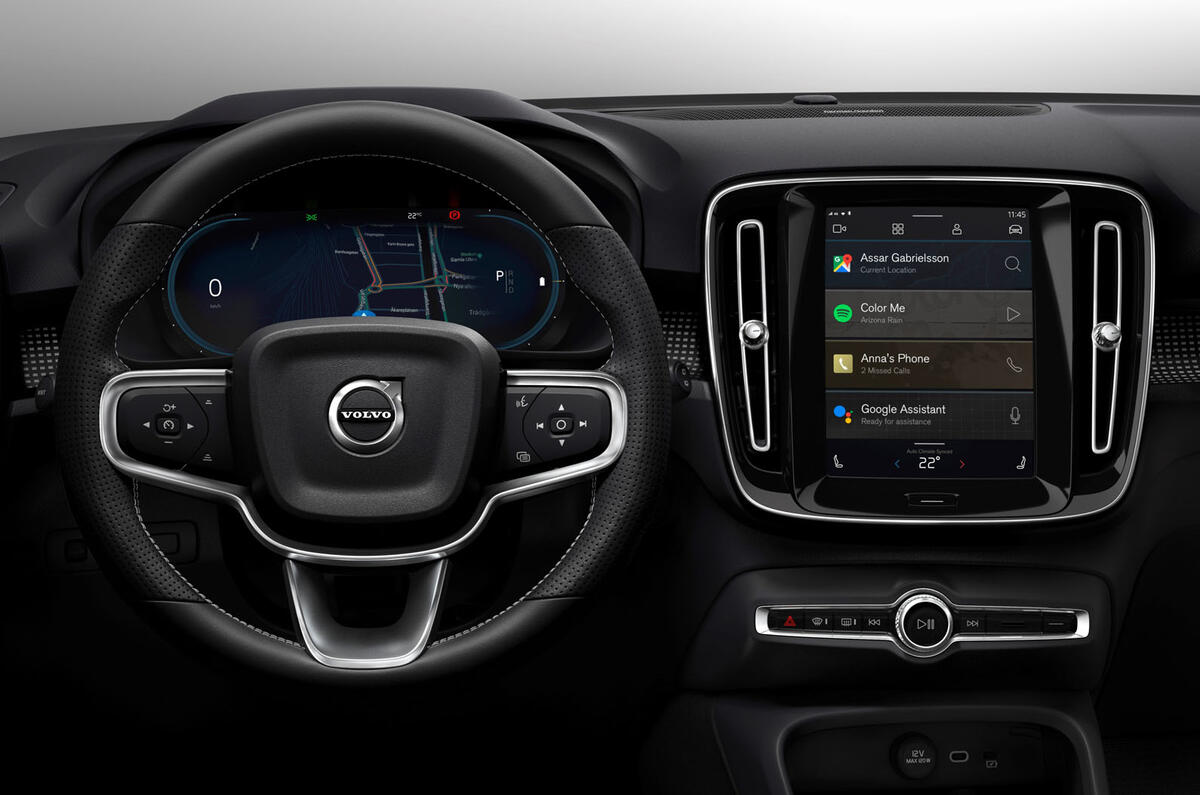
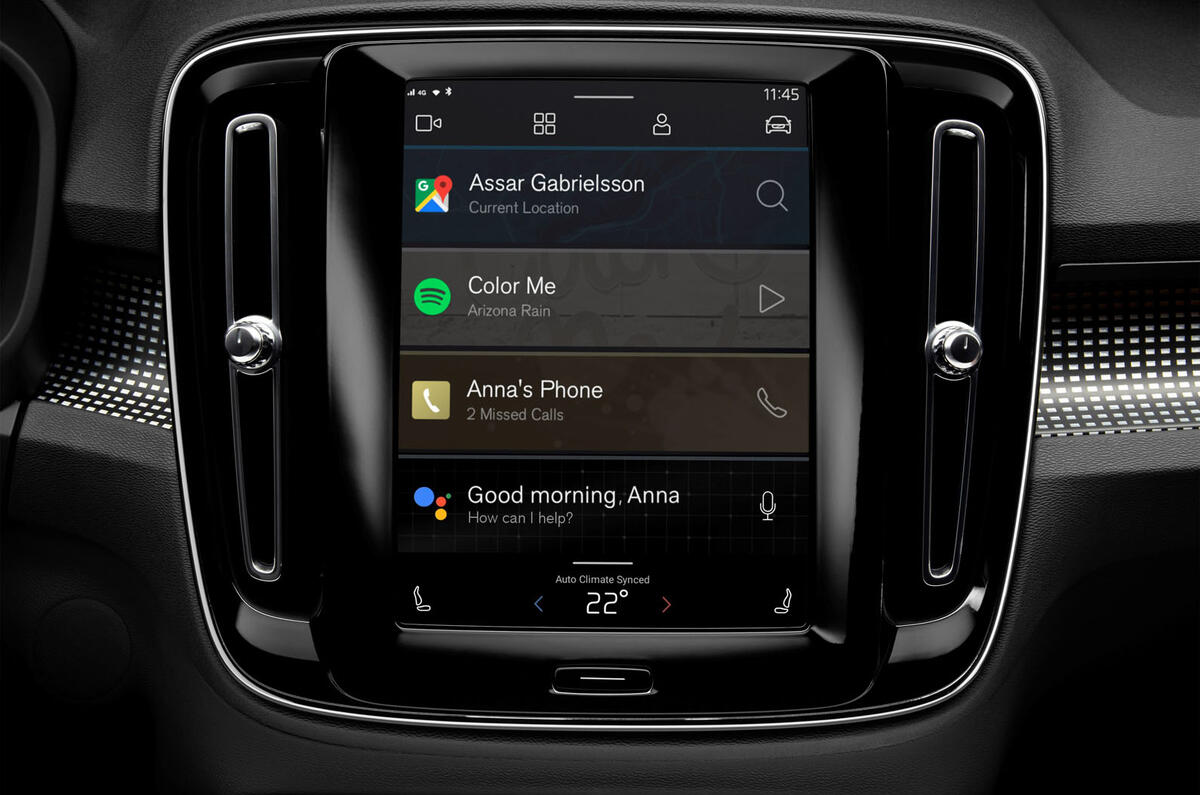
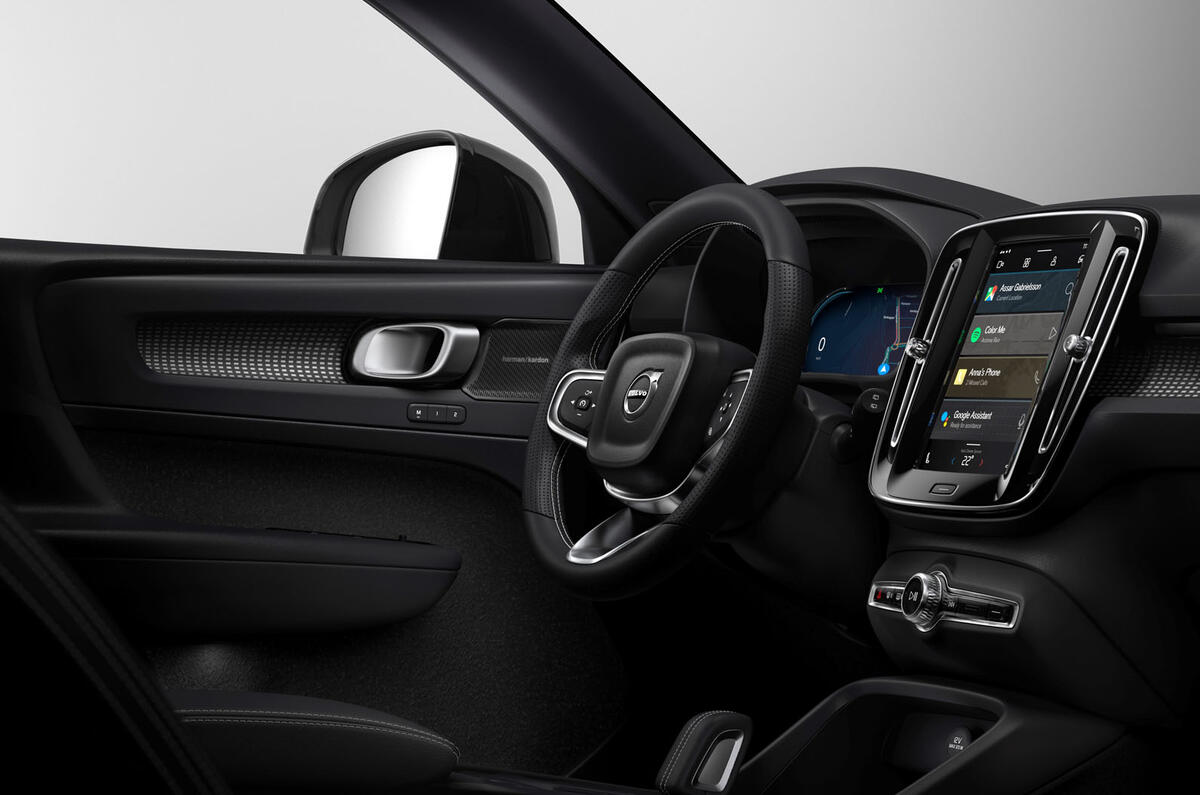
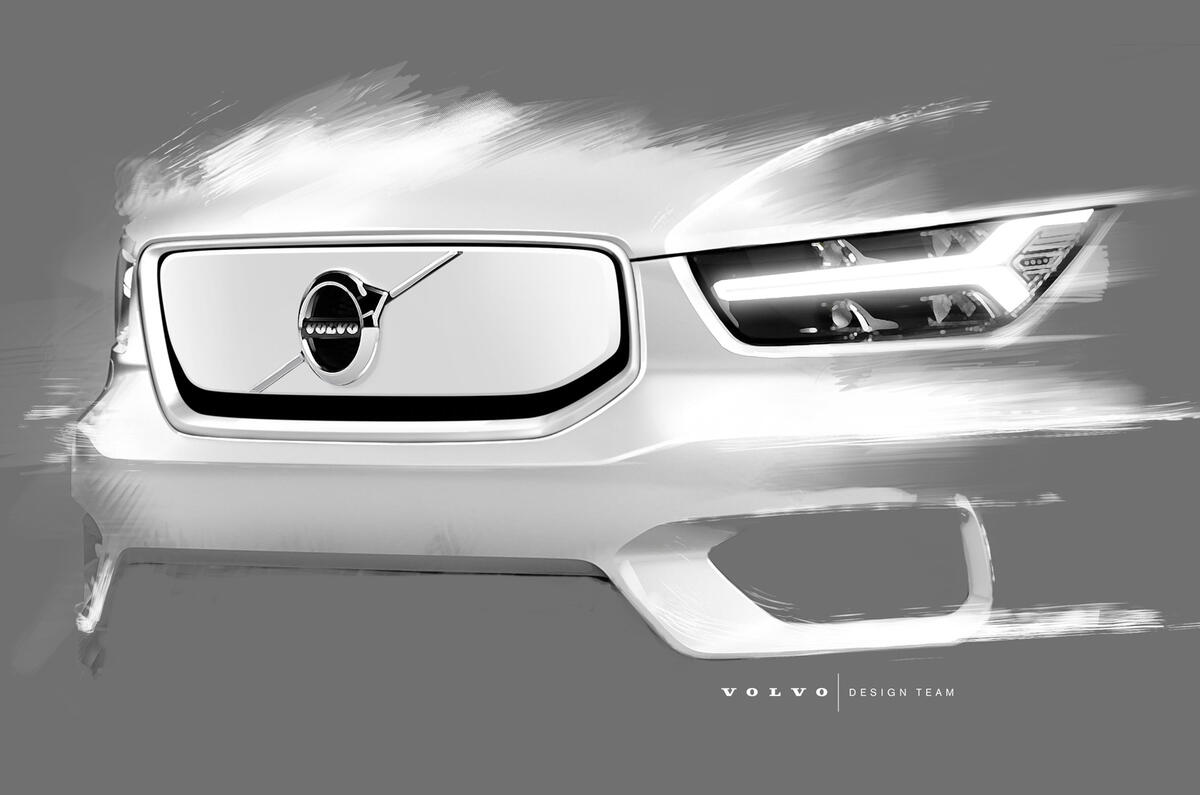
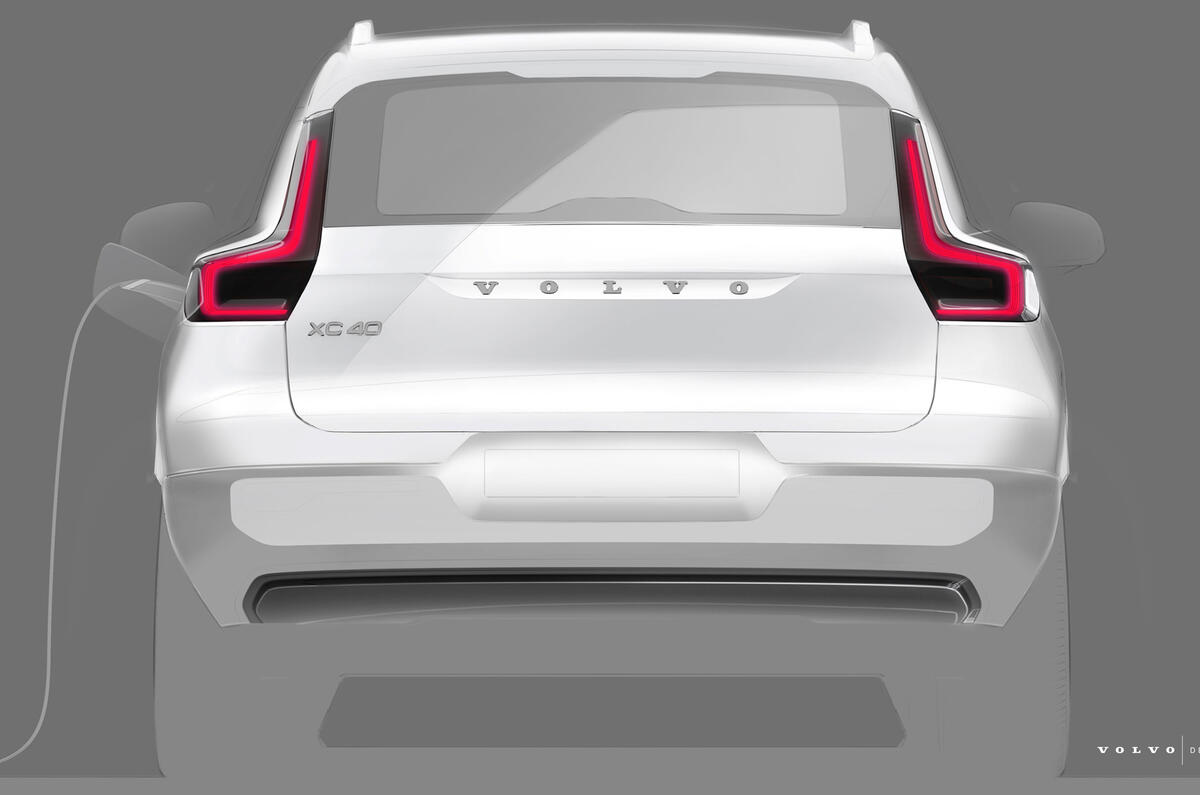
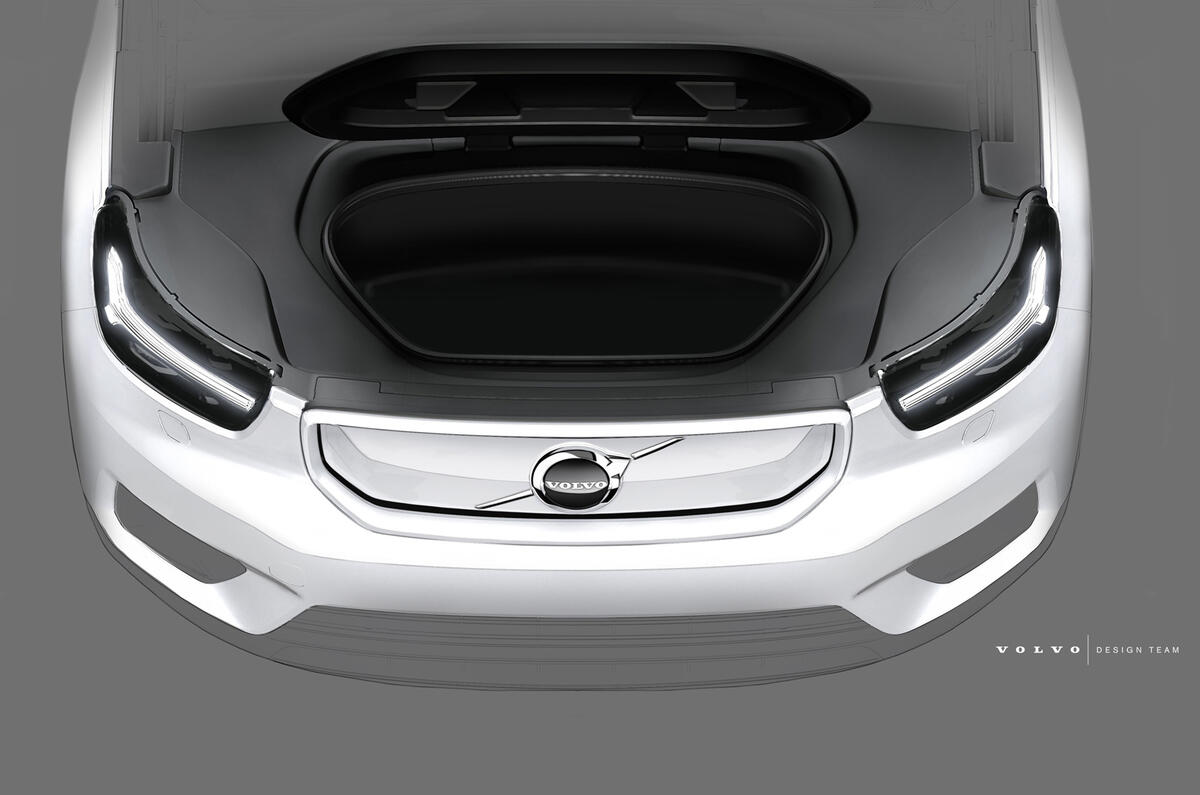
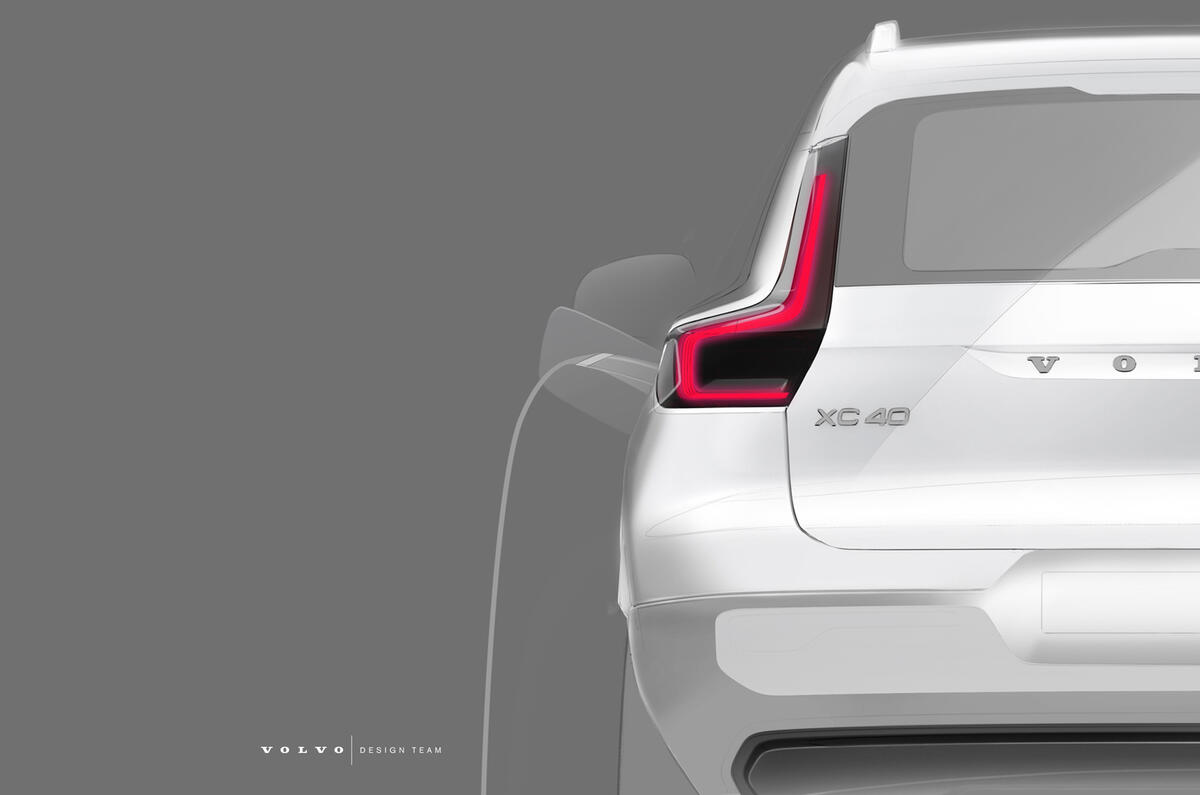
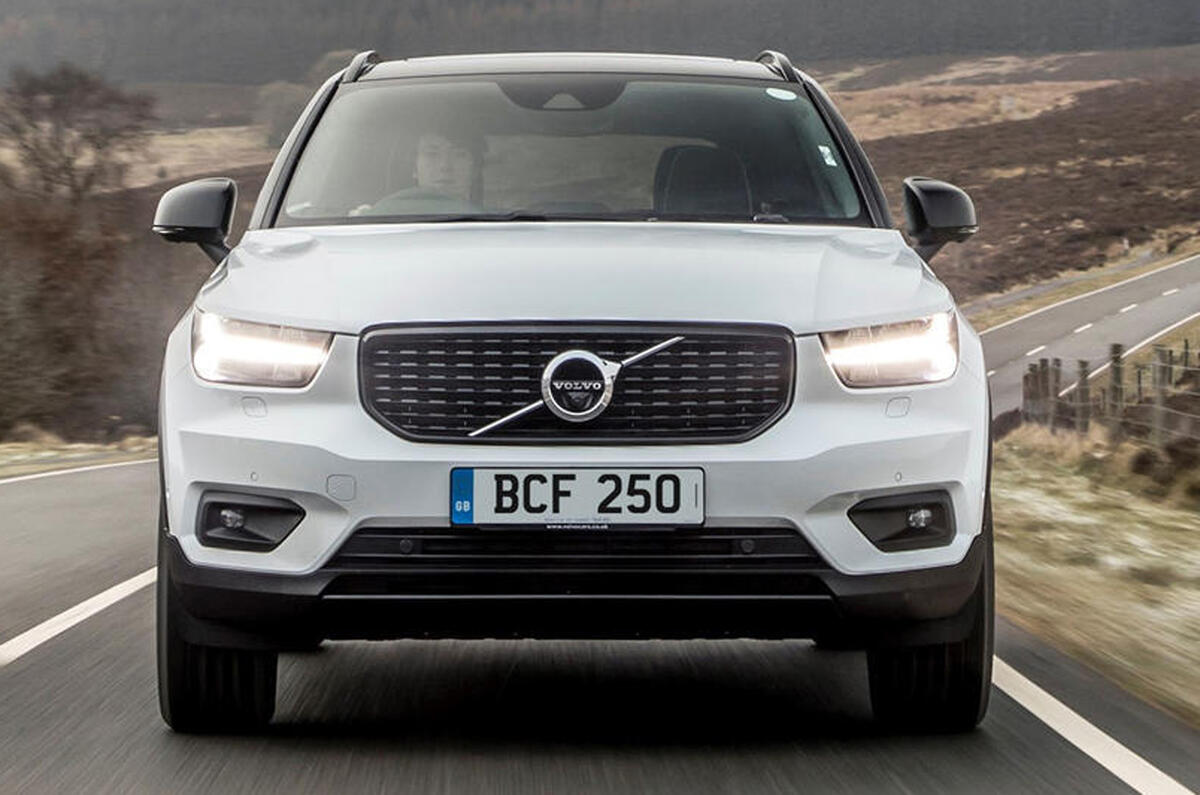
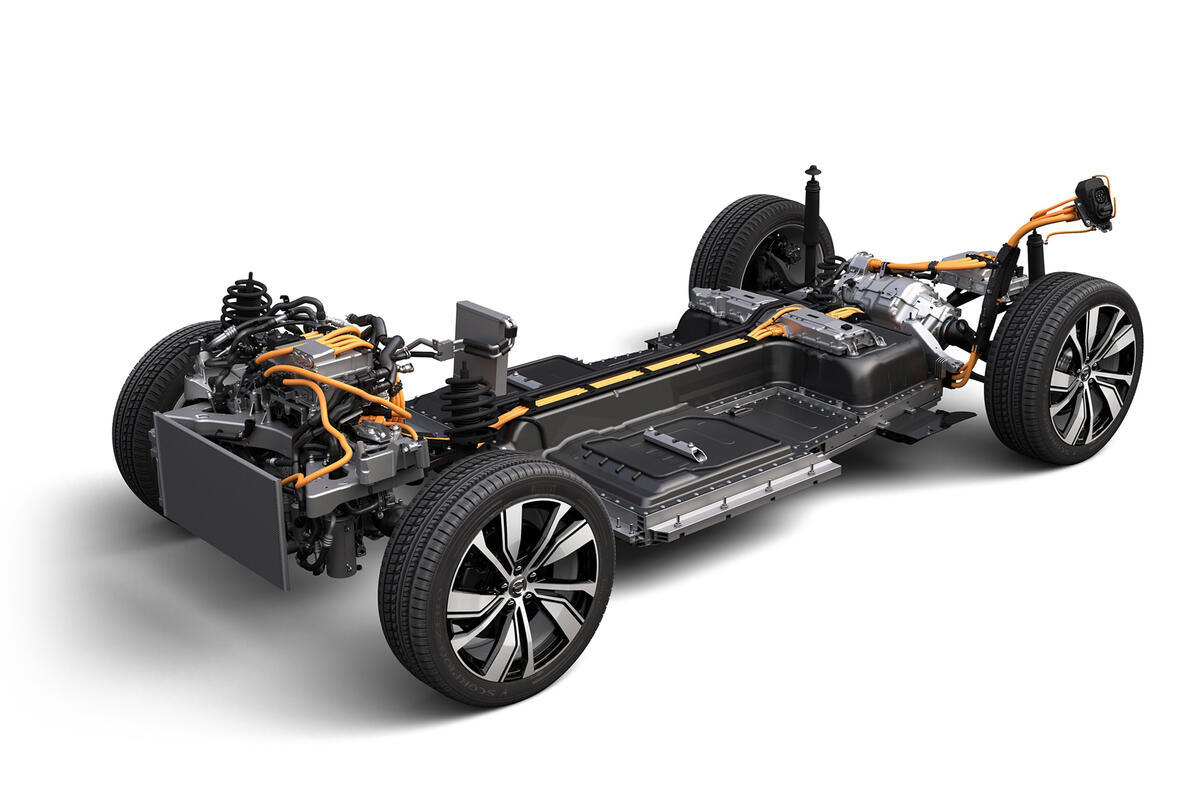


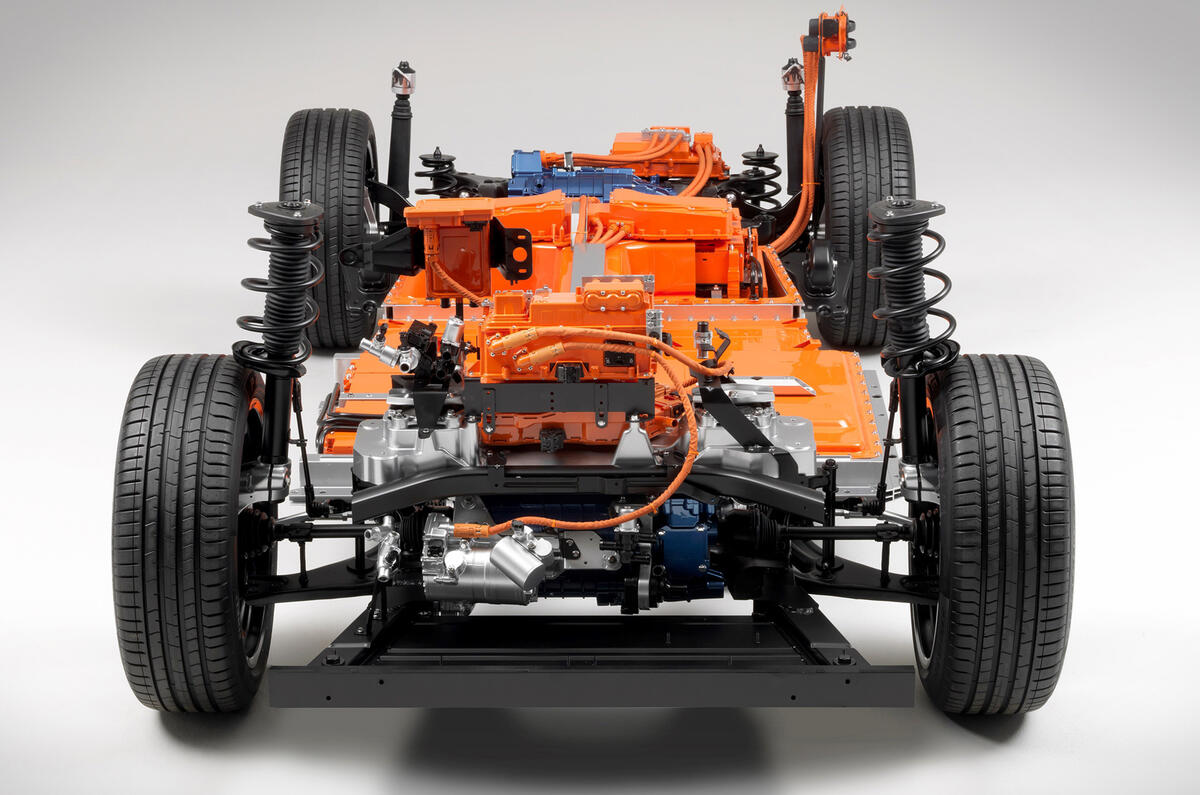
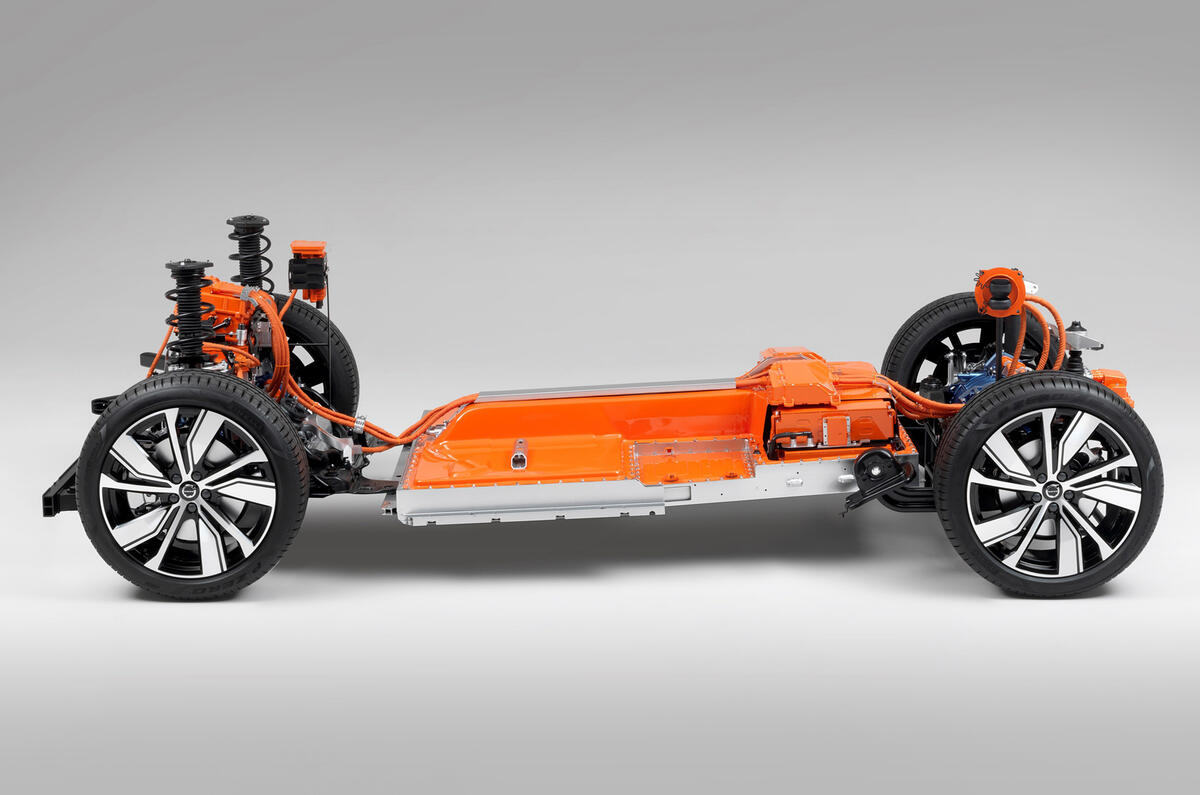
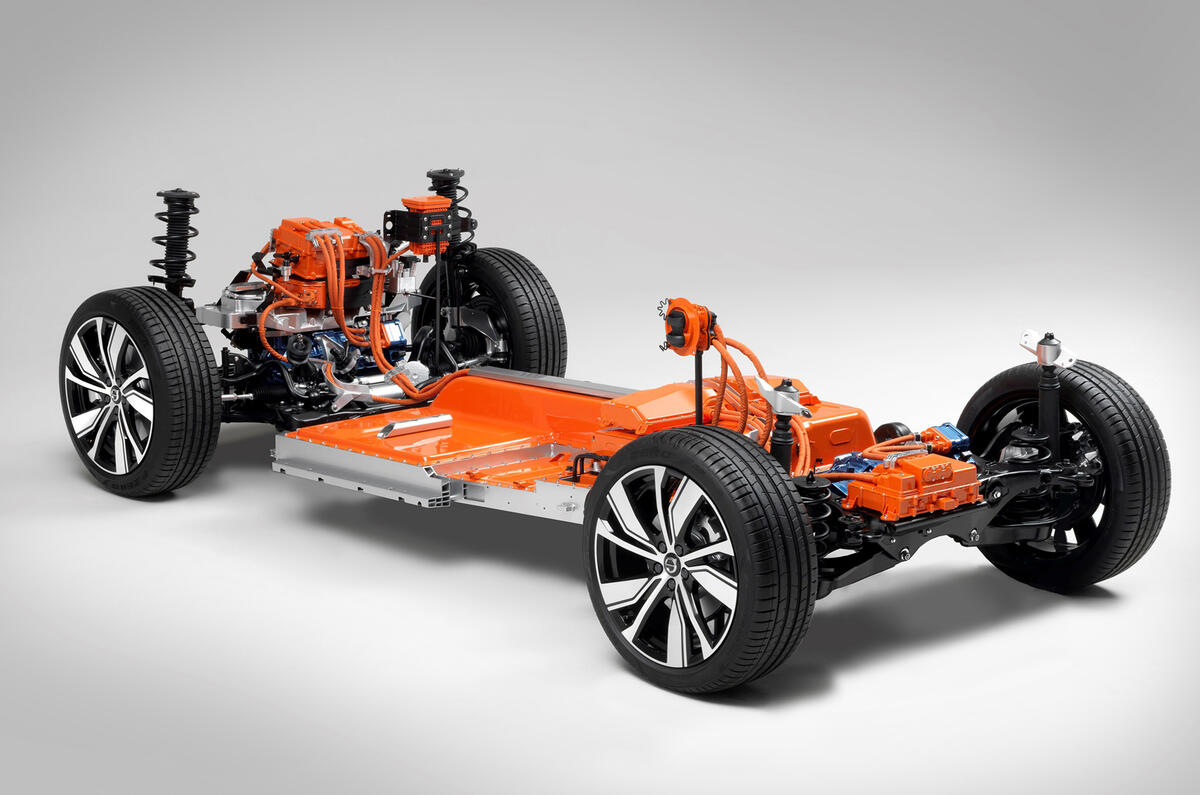
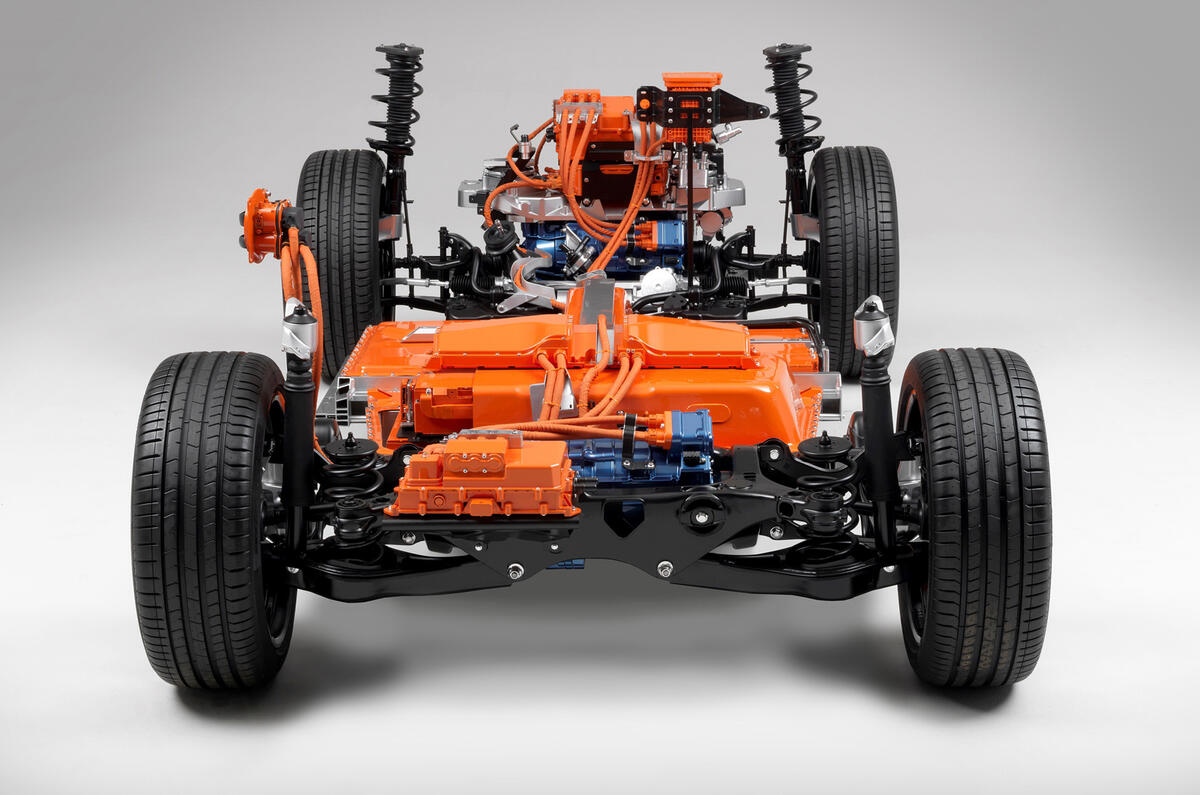
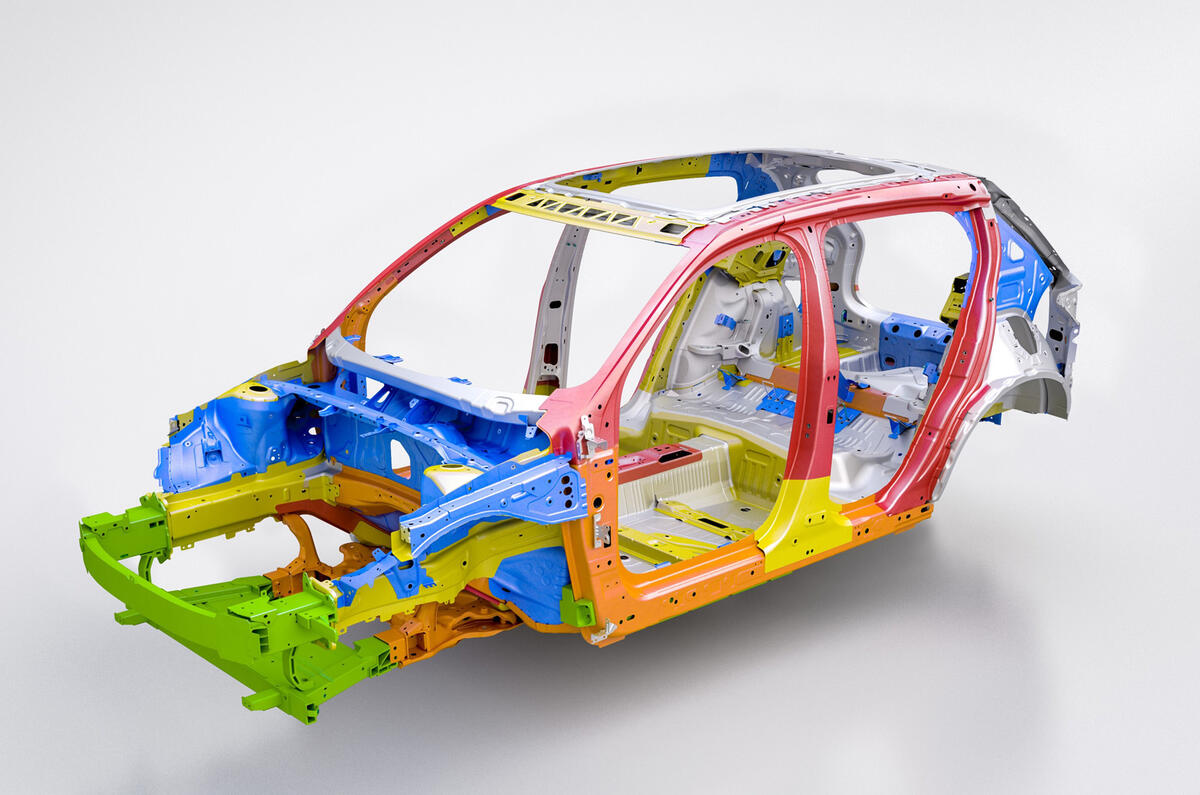
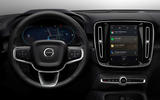
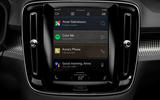
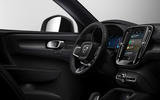
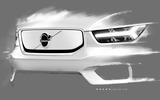

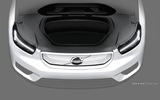
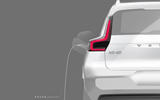
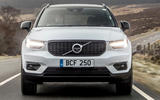
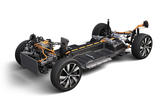

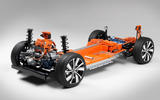
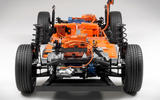
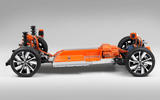
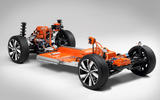

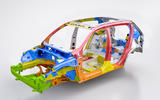







Join the debate
Add your comment
Android
I have an Android phone that I'm happy with, but having owned a Sony Android TV, that was so slow and buggy I took it back to the shop, I'm very, very sceptical about buying a car that runs android for all its functions. This would actually put me off.
Agree with other poster who suggested QNX.
Android is Awesome but it should be running on top of QNX
I totally get the advantages of having all the Android Auto Features in a car - MAPS alone is way better than any of the "manufactures" native applications. However I would personally feel way more comfortable if it was running ontop of QNX - which really is a mission critical operating system.
The reason
Volvo can offer their vehicles fully electric unlike VW and other who need to develop bespoke vehicles, is because CMA and SPA were developed to accept ICE, PHEV or EV powertrains from scratch with very little modification or compromises to interior or boot space required. Hence the reason the XC90 T8 PHEV still maintains its 7 seats.
Citytiger wrote:
You have our eternal gratitude that we have the full benefits of you copying and pasting directly from the Volvo press release...cheers :)
PS, anything original to let us know about?.
Built from ground up
A bespoke BEV will always be better than a car designed with compromises. VW ID, Model 3 will almost certainly out perform it for less money.
xxxx wrote:
VW said the same about their diesel engines, and the Tesla 3 is not a rival, unless of course you believe the Tesla is an SUV, however niether will match the XC40 for build quality or reliability or looks.
Subjective
Why would VW say "A bespoke BEV will always be better than a car designed with compromises" about diesel engines?
Looks are subjective by the way something you fail to understand everytime, and an ID will almost certainly under cut it on price which needs to be remembered when saying things like the XC40 has a higher build quality.
very little modification?
An entirely new floorpan and engine bay structure doesn't sound like "very little modification2 to me!
Interesting to see they've carved out rear seat footwells in the battery pack just like the Taycan.